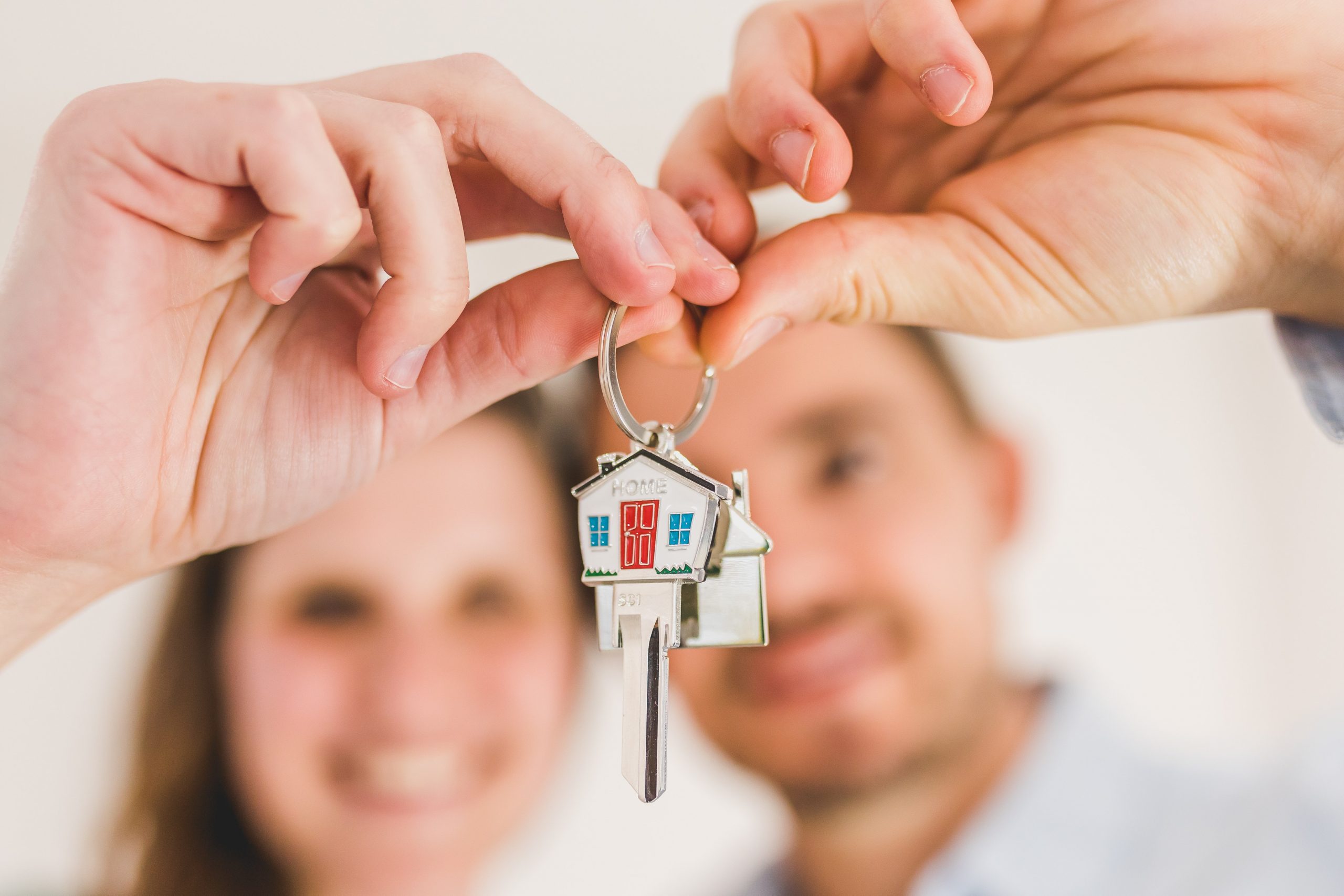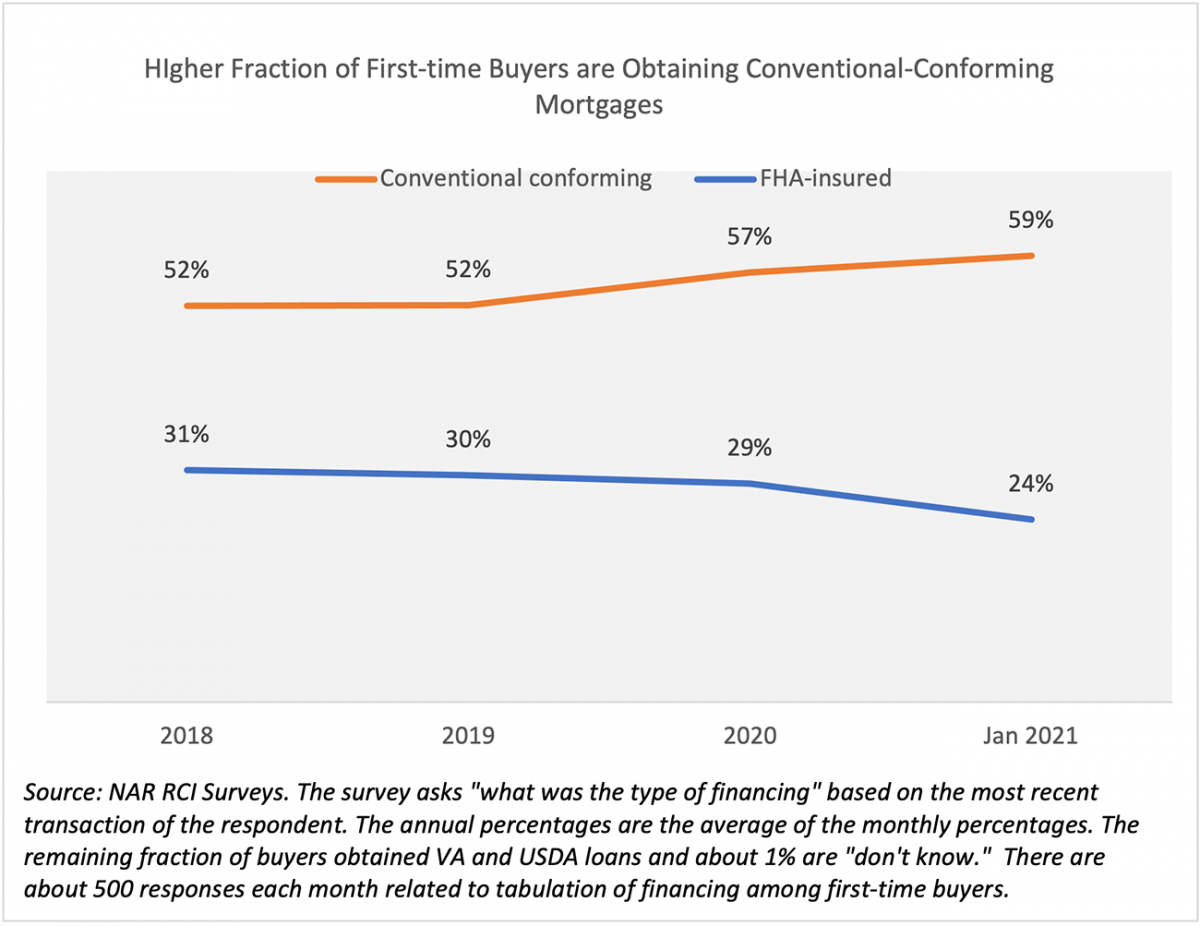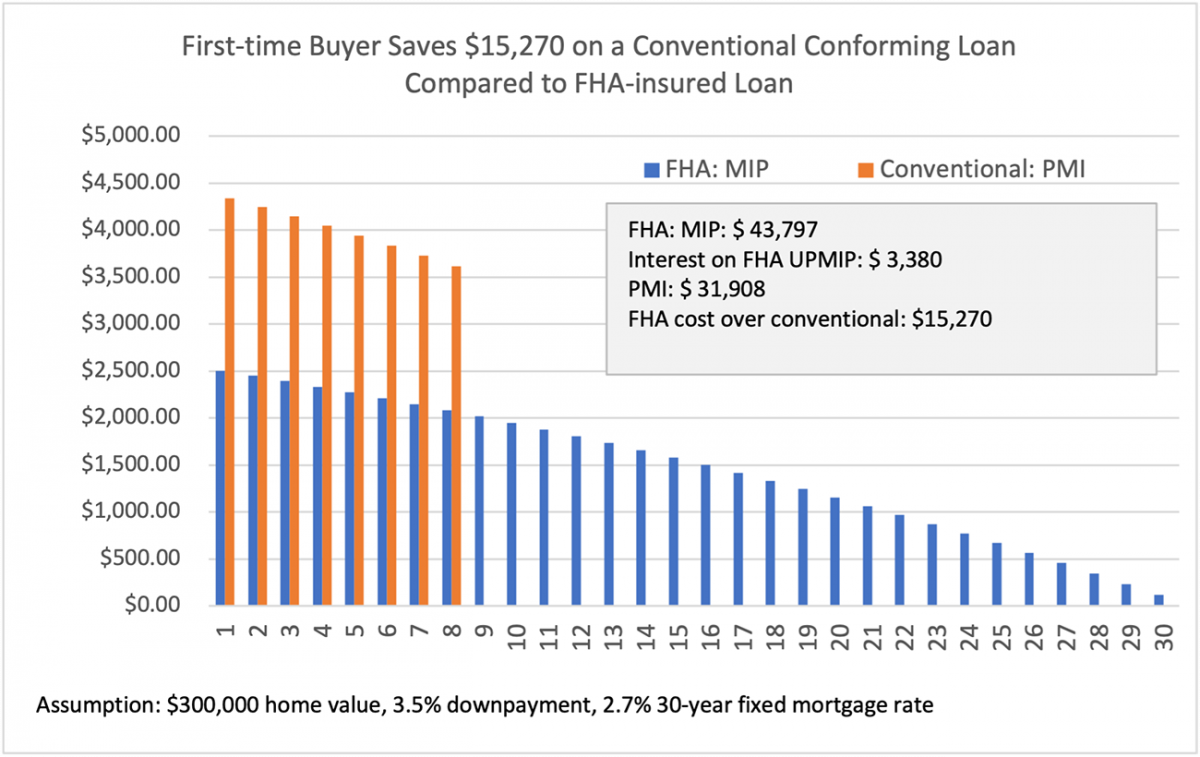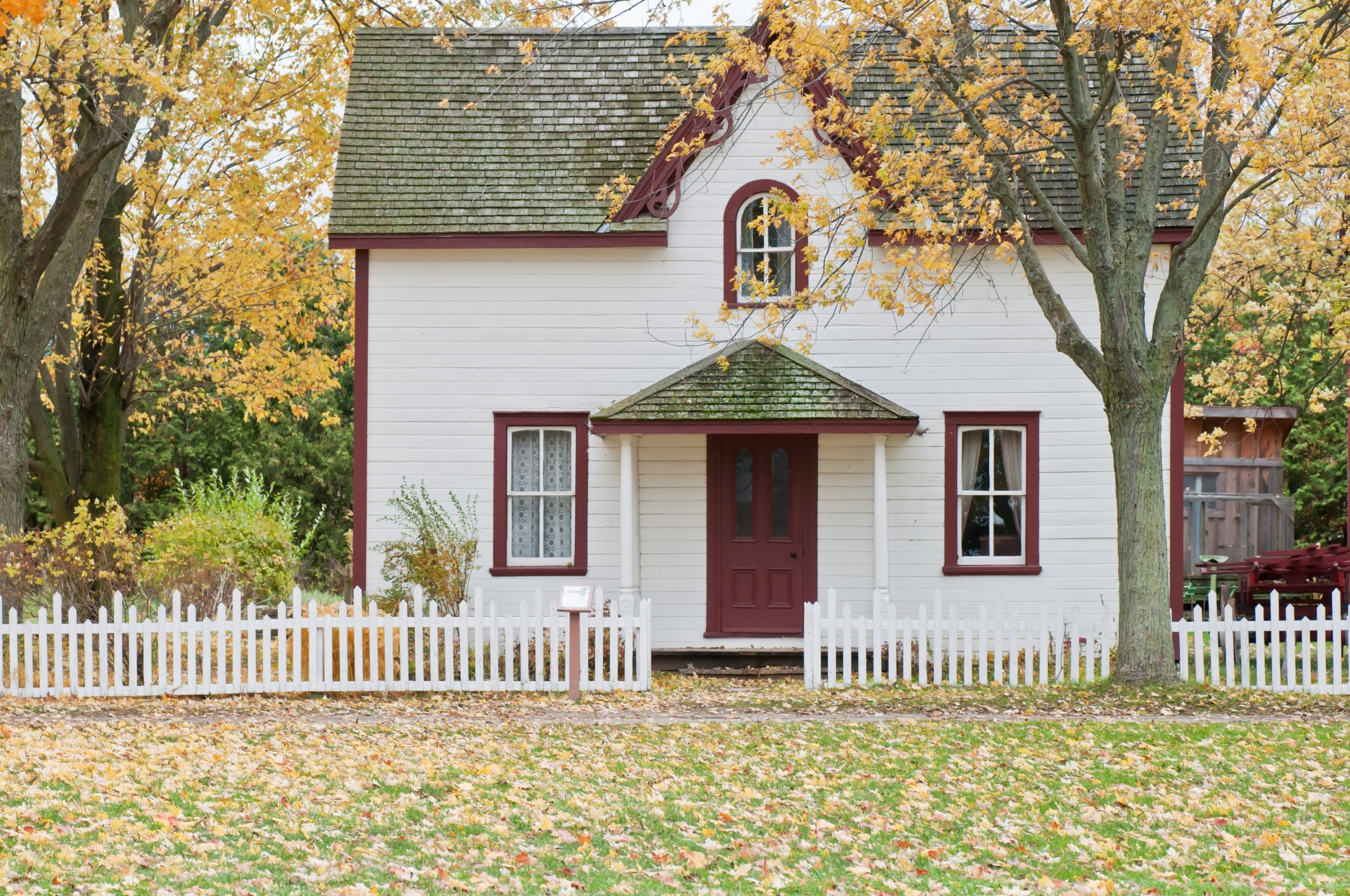I am always searching for helpful information that my clients and their families can use to educate themselves on the home buying process. Having been in the real estate business for over a decade, I find that more and more my client’s are asking me to help their children purchase their first homes. My clients know that I enjoy working with first time homebuyers and trust that I will always work in my clients best interest. I feel that education is extremely important and always meet with my new buyers to help them understand the home buying process before we even begin to search. In doing research, I found the tips in the article below to be helpful for my new buyers. Please see the article below posted by bankrate.com. Always feel free to contact me with any questions about the home buying process.
https://www.bankrate.com/mortgages/tips-for-first-time-home-buyers/
*As home prices continue to climb, buying a home for the first time might seem like an unattainable goal. With planning and discipline, though, that goal might not be as unreachable as you think. Here are some smart money moves and home-buying tips you can make today to put you on the path to homeownership.*
First-time home-buying tips
12+ months out
1. Check your credit (and work on it)
As a first-time homebuyer, your first step is to pull your credit reports and scores to see where you stand, says Ralph DiBugnara, president of New York City-based Home Qualified, an online resource for homebuyers.
“Look for any errors or past-due accounts that might have gone to collections,” DiBugnara says. “These liabilities can create roadblocks when you apply for a home loan. If anything is amiss, contact the creditor to see if you can sort it out.”
You can use Bankrate to keep tabs on your credit for free. You also can get a free copy of your credit report by visiting AnnualCreditReport.com. Some banks also have tools to help customers (or anyone) track and improve their credit. Chase, for example, has a program called My Credit Journey that is available to any user, not just banking customers.
Don’t just check one credit bureau’s report; you could get a false sense of confidence. Instead, get information from all three agencies (Equifax, Experian and TransUnion), and keep periodic tabs on your activity, DiBugnara advises.
“If you’re not already signed up for a credit monitoring service, this is a good time to do it,” DiBugnara says. “You’ll get notified if your credit score changes, or if there’s suspicious activity on your report.”
The higher your credit score, the better the interest rate on your mortgage. If your score has room for improvement, now’s the time to work on it. Ideally, your credit utilization ratio should be 30 percent or less, says Lindsey Shores, assistant manager of Real Estate Originations with SchoolsFirst Federal Credit Union in Sacramento.
“This includes your credit cards, overdraft protection and any other lines of credit you have,” says Shores. “For many people, this is something they have to plan for and work to pay down to achieve that 30 percent number.”
In the same vein, you should also work to pay down or pay off any debt.
6 to 8 months out
2. Nail down your budget
When you’re buying a home for the first time, setting a realistic budget is key, says Lauren Lindsay, a Houston-based independent financial planner.
“Look at your monthly spending to see what you can afford for principal, interest, taxes and insurance,” Lindsay says. “One lesson from the [housing] crash: Just because the bank approves you for a certain amount, it doesn’t mean you can afford it.”
Factor in the cost of home maintenance and emergency savings for repairs, too.
“As a rule of thumb, I tell clients to prepare to spend 1 percent to 3 percent of the value of their homes each year on house [expenses],” says Steve Sivak, a certified financial planner and managing partner of Innovate Wealth in Pittsburgh. You might need to set aside more if the home you end up buying is older, bigger or has maintenance-heavy amenities, like a pool.
In addition to household expenses, consider other financial obligations that lenders won’t see on your credit report. Costs like your cell phone, utility, daycare/tuition, grocery and car insurance bills also affect how much house you can afford.
Consider your income, debt and savings, as well — these tie into how much mortgage you could potentially qualify for. Regardless of level of income, you should be able to document that you have a stable source of earnings.
“Your income and how much you earn monthly will be scrutinized by lenders, who will look for a two-year employment history and want to see consistent income — whether you’re receiving a salary, hourly pay or are self-employed,” explains Tom Hecker, a loan officer with Cherry Creek Mortgage in Greenwood Village, Colorado.
Depending on your goals, you might also want to look into ways to bump up your earnings (check out these best side hustles). You can use the extra cash to build up your down payment or create more room in your budget.
3. Consider your needs and wants
Finding the ideal location and address can take a lot more time than you expect, so begin scouting neighborhoods early in the process.
“Drive and walk around that area at different times of the day and night,” says Bill Golden, a Realtor and associate broker with RE/MAX Around Atlanta. “This will help you get a feel for what you like and don’t like.”
Along with pinpointing the neighborhood, now is a good time to narrow down your preferences for the home itself. What type of house are you looking for? What can you compromise on? What are the dealbreakers? Think about what you like about where you currently live — that can help inform your list of needs and wants.
3 to 4 months out
4. Get assets in place
When assessing your application, mortgage lenders typically look at your bank statements from the last two months, in addition to other documents. If you plan to make any deposits into your checking or savings accounts from other assets — such as a down payment gift — do it before that 60-day window. This gives the funds time to “season.”
“At three to four months out, you want to deposit your needed funds into your account so they can age appropriately,” says Shores. “Ideally, you want these funds in place in your account for 90 days or longer.”
Additionally, it’s best to avoid opening new credit accounts or loans, or racking up debt, from this point on, DiBugnara adds.
2 months out
5. Shop multiple lenders
Things are getting real. At this point, you should know what monthly payment you’re comfortable with, what areas you can afford and how much you can put down. Now it’s time to shop for a mortgage.
Compare mortgage rates from different types of lenders, as well as different types of mortgages, to help you decide whether this is a good time to lock in your rate. Consider your experience with the lender, as well.
“In this market, you can find competitive rates and service, but you want to pay close attention to lenders’ responsiveness and communication,” DiBugnara says.
It’s also a good idea to focus not just on the rates you’re being quoted, but all the terms of the mortgage. What are the late fees? What are the estimated closing costs? Is there a prepayment penalty? If you’re able to get a mortgage with the bank where you already have accounts, will you get a better deal? Sometimes it makes sense to choose a loan with a slightly higher rate if the other terms are more favorable overall.
6. Get preapproved
Once you settle on a lender, get preapproved for a mortgage. Preapprovals usually expire after 90 days, DiBugnara says — ask your lender how long yours will be good for. If you’re a first-time homebuyer with significant debt or so-so credit, you might want to apply for a preapproval as soon as possible to zero in on issues to fix.
“Once you have a preapproval in place, keep sticking to your budget and savings plan and continue to pay all debts on time,” Hecker says. “Try not to make any extraordinary purchases or take on extra debt, either.”
7. Look for down payment assistance
There are many first-time homebuyer and down payment assistance programs, including at the local, regional and national level, that can help cover your down payment or closing costs. These programs are typically limited to borrowers with an income below a certain level (based on location), and can impose a cap on the home’s price, too. Talk to your loan officer and explore your options to see what you might be able to pair with your mortgage:
8. Work with a real estate agent
After you have your financing squared away and a preapproval letter in hand, your next step as a first-time homebuyer is to hire a real estate agent.
An experienced real estate agent who knows the area you’re looking to buy in especially well can advise you on market conditions and whether homes you want to make offers on are priced properly. Your agent can also identify potential issues with a home or neighborhood you’re unaware of, and go to bat for you to negotiate pricing and terms.
“As a buyer, it costs you nothing to work with a Realtor, but they can save a lot of time and hassle [in your search],” Lindsay says.
You can start by asking friends, relatives or co-workers for referrals.
“Don’t just pick [an agent] blindly — make sure it’s someone who works in the general area you’re looking in and whom you feel comfortable with,” Golden says, adding that, despite the competitive market, “new listings come up every day, and a good Realtor will be on top of that and get you to see new listings as soon as they become available.”
1 month out
9. Put contingencies in writing
When you find a contender and prepare to make an offer, be clear about any contingencies that’ll allow you to walk away from the deal. These can include the home inspection revealing costly issues or your mortgage approval falling through. If these terms are spelled out in writing with deadlines, you’ll have an out if the transaction doesn’t go as planned — and get your earnest deposit back, too.
If there is a problem with the home, get estimates from contractors on any repairs or upgrades it might need before you close, DiBugnara says. Doing this research can help you plan for those expenses and buy you time to have the work done before moving in.
It’s also a good idea at this stage of the game to enlist a real estate attorney to review your purchase contract and protect your interests.
10. Keep the status quo
A mortgage preapproval doesn’t mean things are set. Lenders recheck your credit, bank statements, income and employment just before closing to make sure you’re still able to handle the repayment. Making big purchases, taking out new loans or lines of credit or even closing accounts can delay the closing or kill your loan altogether, DiBugnara says.
“Any skeletons you have in your financial closet will be found, so it’s best to be as honest and upfront as you can,” DiBugnara says.
“You don’t want to risk having your loan declined at the last minute,” agrees Shores, “so don’t make any large purchases, like a new car, before closing on your loan, don’t get talked into applying for new retail store credit cards and avoid making any new charges once you have been preapproved for your mortgage.”
With additional reporting by Erik J. Martin
For more helpful information for first time homebuyers click on the link below.
http://hellersells.com/2021/12/02/a-first-time-home-buyer-here-is-the-home-buying-process


 Facebook
Facebook
 X
X
 Pinterest
Pinterest
 Copy Link
Copy Link










